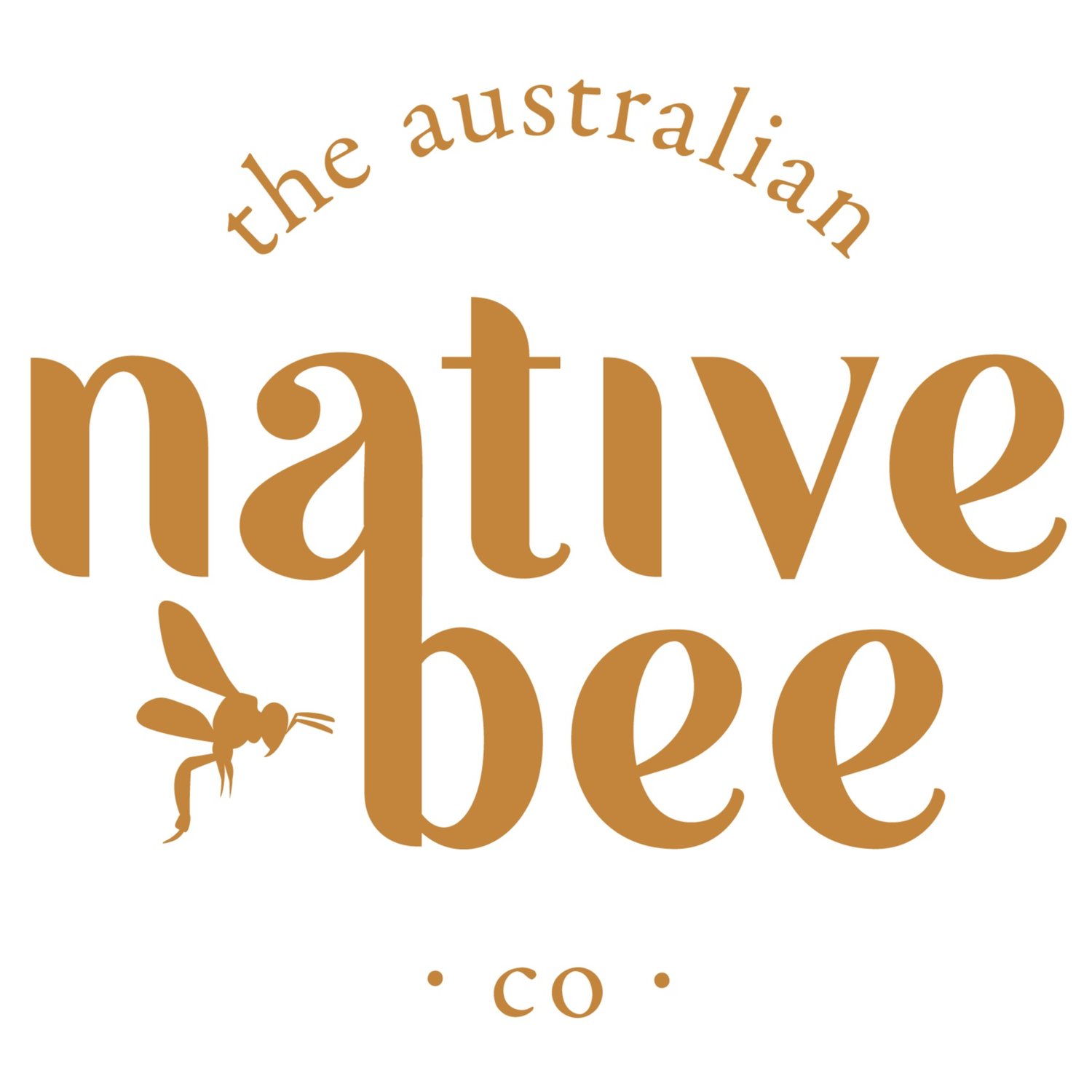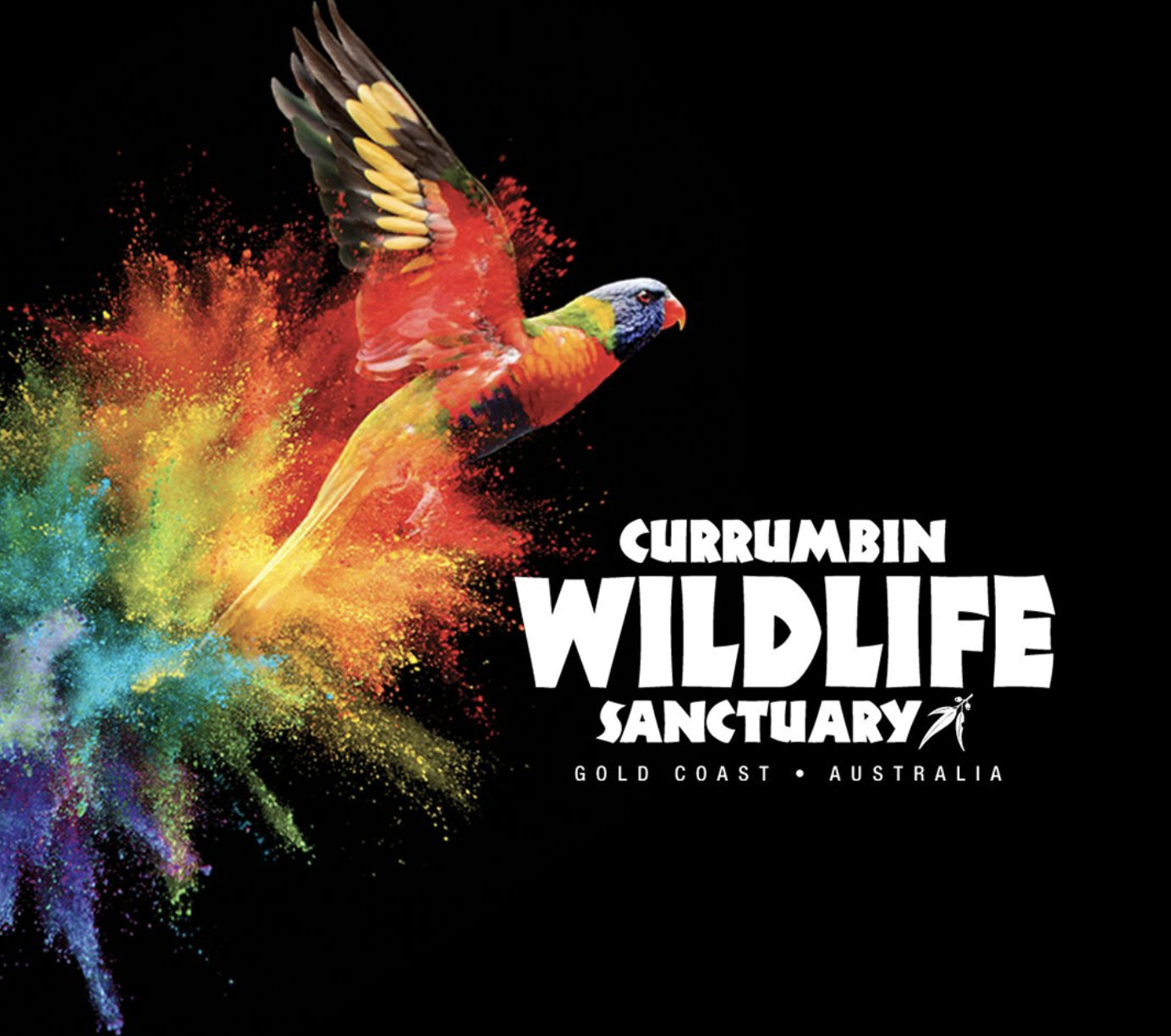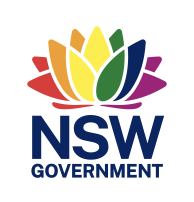Keeping Australian native bees
Online course
Learn at your own pace
Anytime access to all content. Comprehensive PDF guides packed with facts, diagrams, and insights.
In-depth lessons
Expert-led video lessons with engaging, easy-to-follow downloadable modules.
Engaging worksheets
Practice utilising the information learnt by completing engaging activities that align with each lesson of the program.
Ongoing support
Exclusive community access to connect with other beekeepers, share insights, and get expert support.
Who is this course for?
Teachers – Enhance your science and sustainability lessons with engaging, curriculum-aligned content.
Gardeners & Beekeepers – Learn how to attract and support native bees in your own garden.
Nature Lovers & Conservationists – Gain a deeper understanding of these essential pollinators and how to protect them.
Help our Australian native bees thrive and benefit the environment at the same time
Are you passionate about sustainability, biodiversity, and the vital role of pollinators in our environment?
Whether you’re a school teacher looking to bring engaging, hands-on learning to your students or a nature enthusiast eager to deepen your knowledge, our Keeping Australian Native Bees online course is designed for you.
A taste of what’s waiting inside
This course will expand your knowledge of native bees and equip you with the essential information to support their survival, enhance biodiversity and pollination, and keep them as pets or commercially, all while benefiting the environment.
-
We look closely at the internal structures of the hive including the brood spiral, involucrum, pollen pots and newly emerged and further matured bees.
-
We learn how Tetragonula carbonaria bees are classified and the features that differentiate them from other bees species.
-
We learn how the lifecycle stages that the mature queen undergoes. We also learn the life stages of the bees, from the development of brood cells through to their emergence as mature bees.
-
There are certain ‘tells’ people use to locate hives in the bush. Discover techniques used to locate hives.
-
Native bees have been utilised in agriculture to increase pollination rates of various crops, which in turn improves quality and yield. This lesson describes some of the crops that have benefited from pollination with native bees.
-
Where harvestable honey is located in the hive as well as how to extract the honey from the hive is explained.
-
The origins of keeping native bees in Australia
Aboriginal significance
The role of developing bees
Hive distribution and abundance
Bees and pollination
Native bee husbandry
Personal protective equipment
Record keeping
Hive designs
Position of hives
Animal and plant pests
Chemical usage
Sustainability and more
After completing the course you will:
Understand the origins or keeping native bees
Know the structure of a native bee hive and the physical characteristics of native bees
Have knowledge of the lifecycle of native bees and their roles within the hive
Understand the difference between European and stingless native bees
Know how to care for and maintain your own native bee hive - including harvesting your own honey
Be able to share the importance of native bees
Choose your plan
Best value
One payment
save $40
$200
Most flexible
Monthly payments
over 12 months
$20/month
Would you like to see a preview of Keeping Australian Native Bees online course?
Frequently asked questions
-
12 months
-
Not on our online course.
-
Engaging expert-led videos, downloadable informative pdfs and downloadable worksheets
-
This can vary greatly depending on application. Each chapter is designed to be completed within a few hours.
-
Yes. We will give you the information needed to harvest your own honey. We also offer our services to do this for you if you require a demonstration.
-
Native bees contribute to biodiversity, sustainability, and play a significant role in pollinating plants, leading to the production of fruits, nuts, and seeds.
-
Absolutely. They are stingless and will live in harmony in your garden among your children and pets.
Who we’ve worked with




















